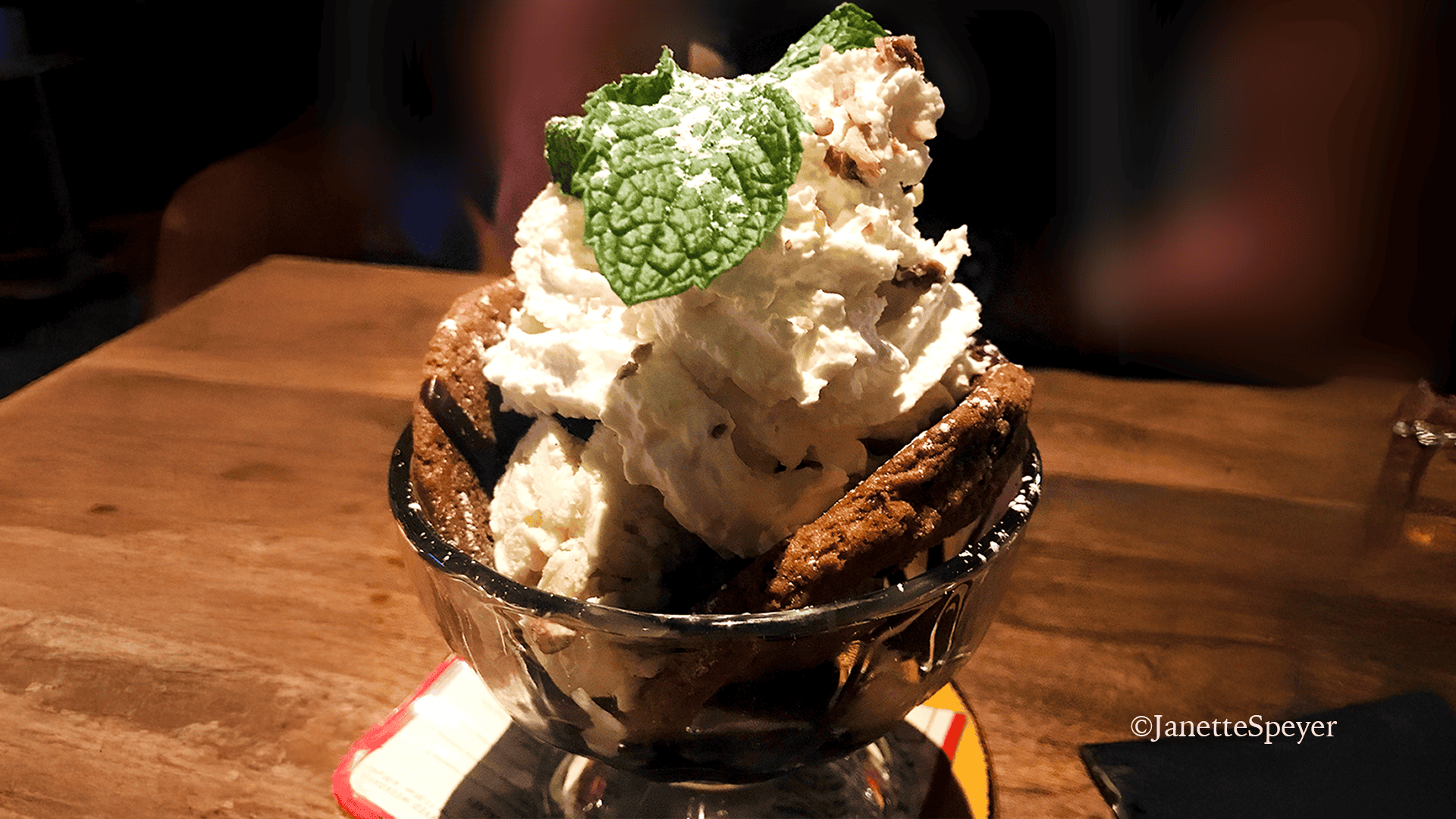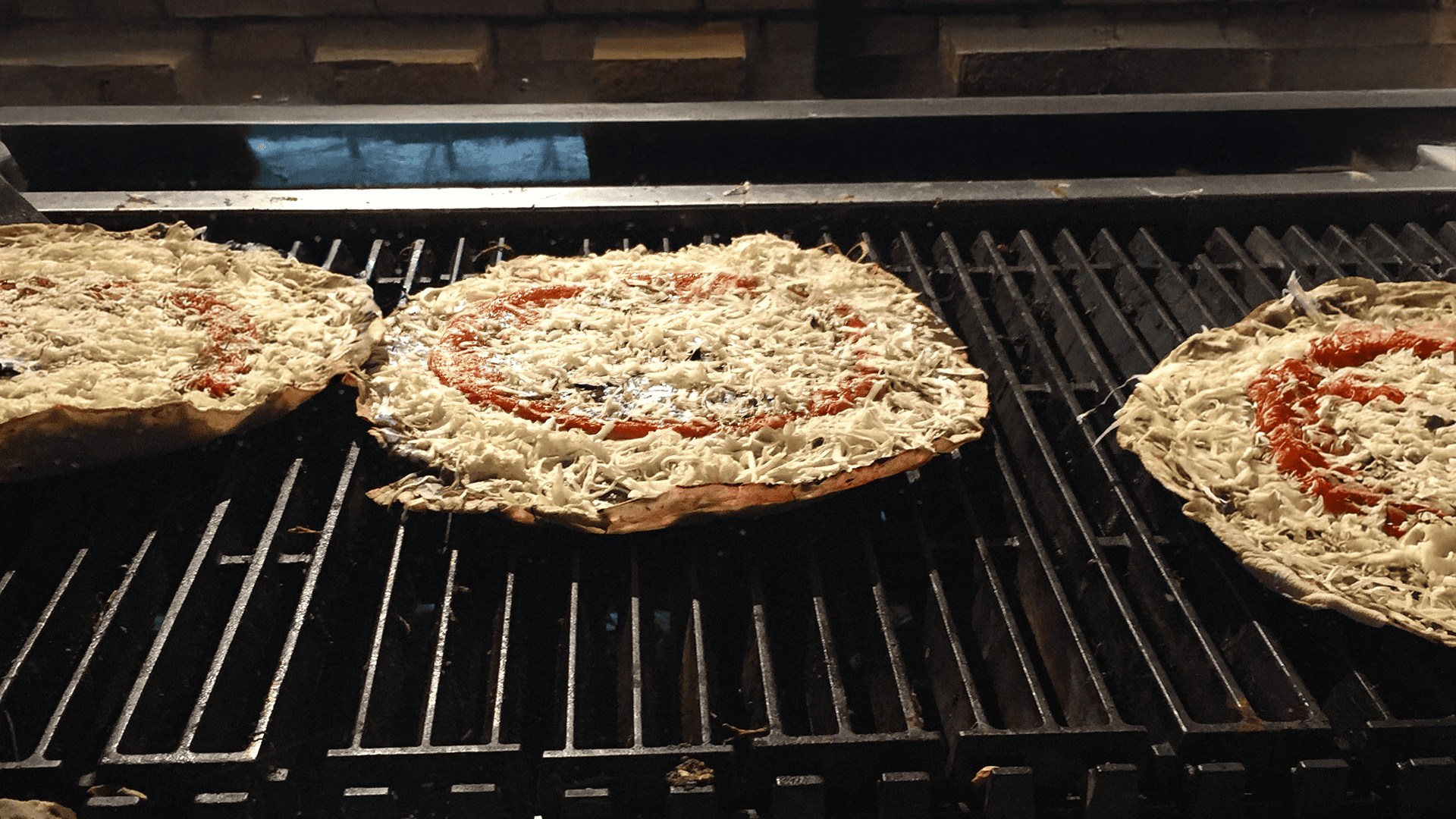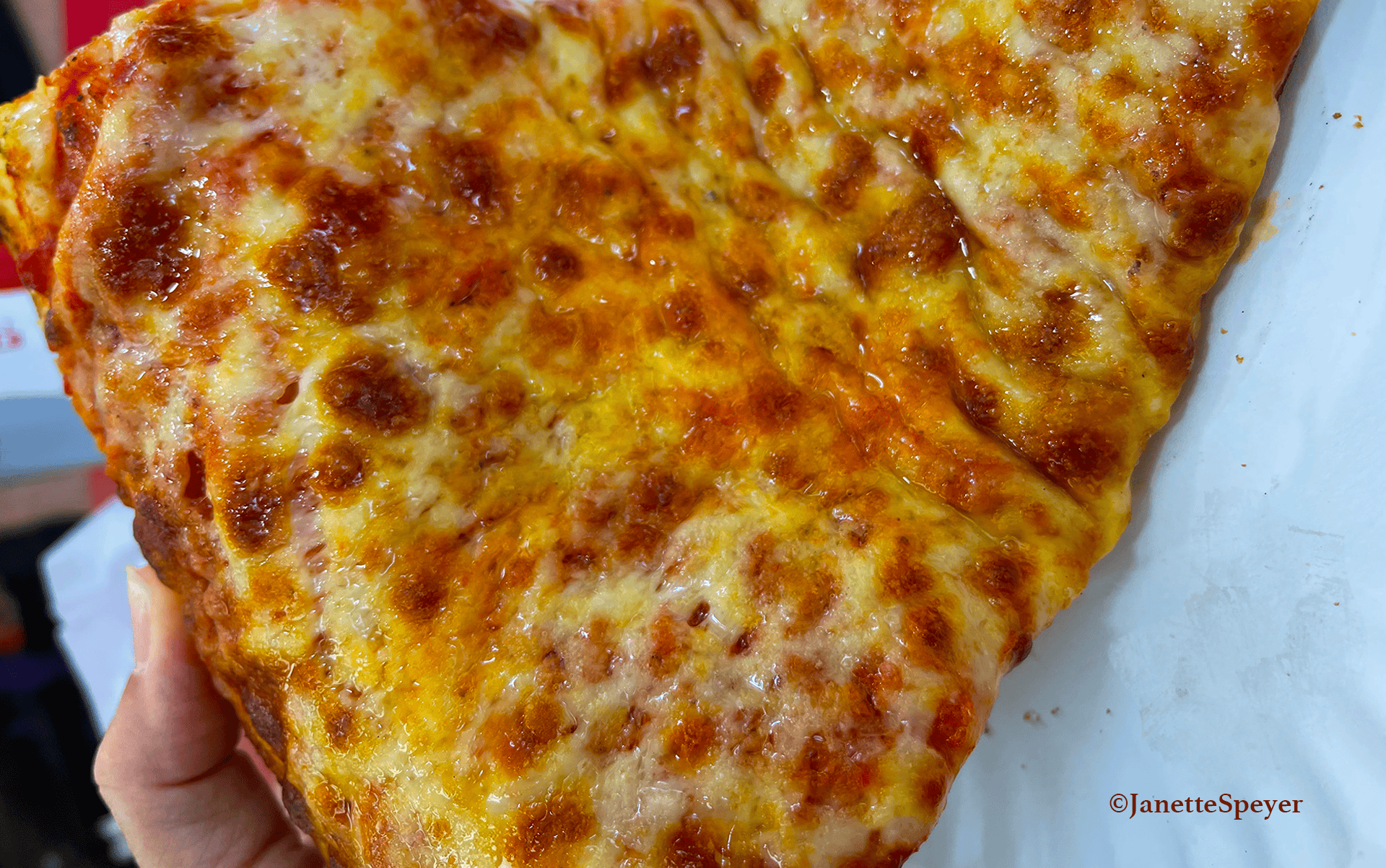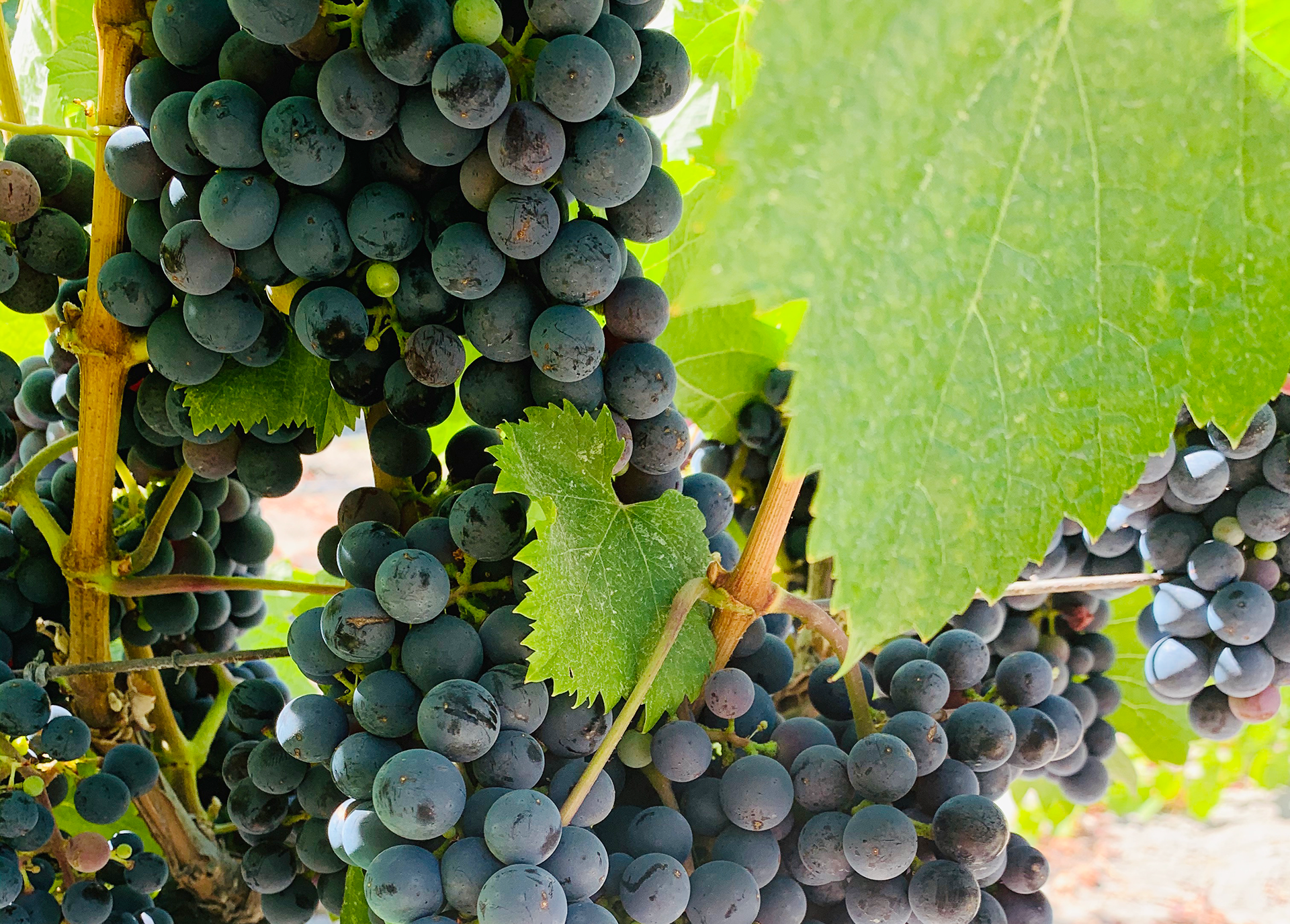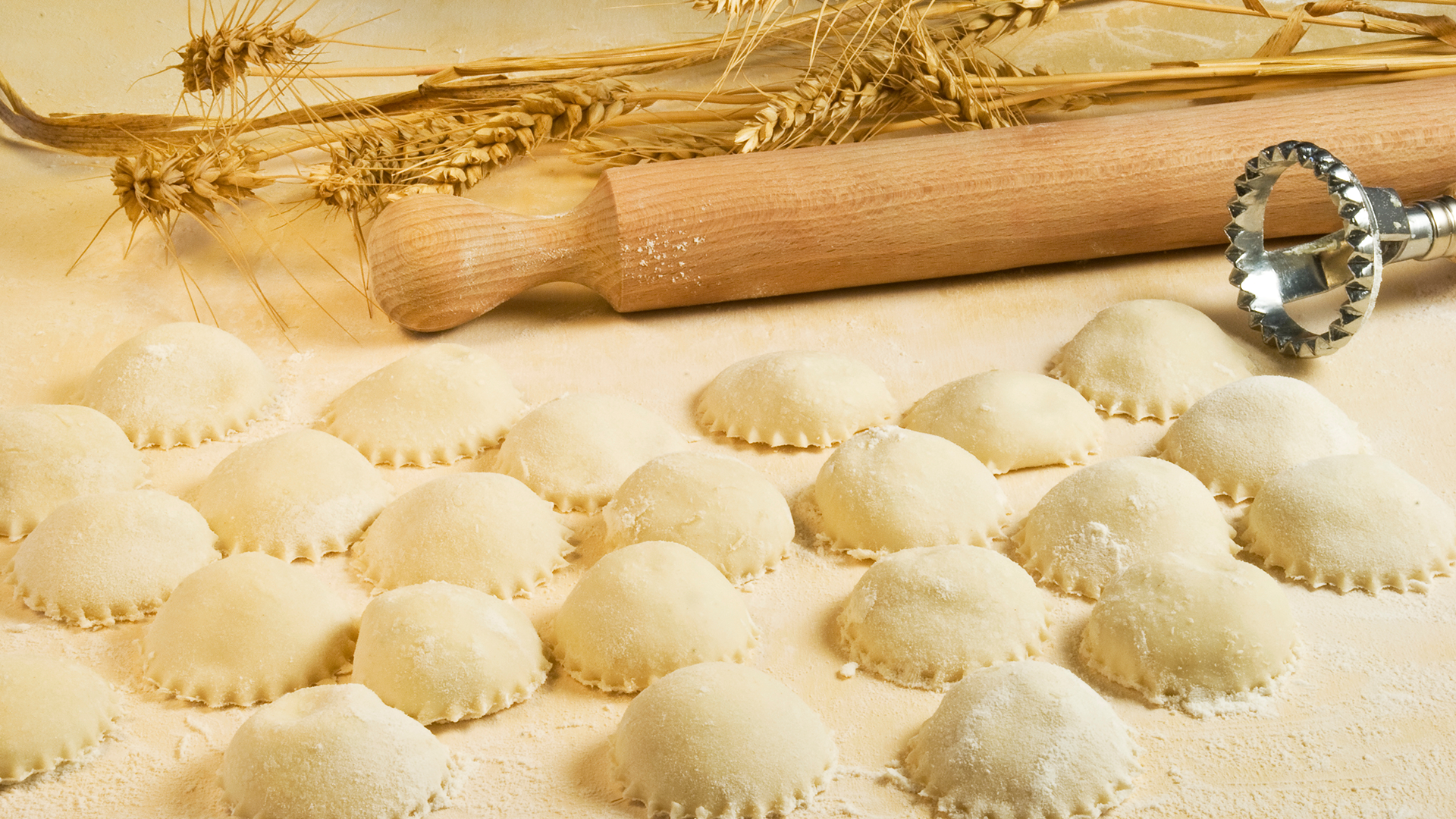Which Came First… The Chicken or The Egg?
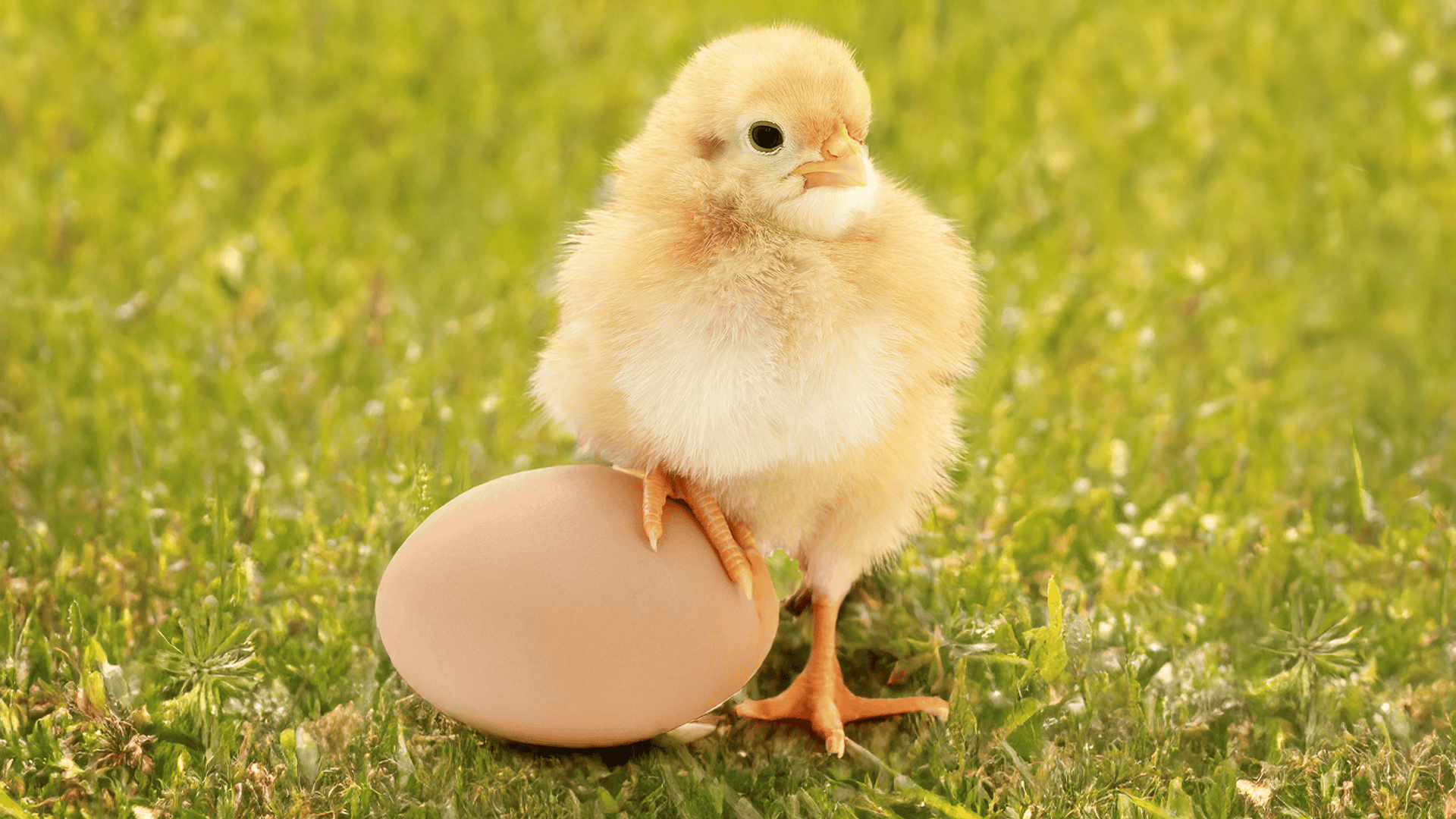
Chickens have been one of the most celebrated and most maligned fowl and food in our cultural history. They have been made the butt of jokes (you’re chicken); in warnings (Chicken Little, “The sky is falling”); in popular vernacular (don’t count your chickens before they’re hatched); and the most celebrated (its association with dawn, fertility, and courage, has led many cultures to view the bird as a sacred or special creature).
But First Things First
The Controversy – “Which came first… the chicken or the egg?” Let me “lay” that to rest: the Egg came first from an evolutionary and biological perspective. A distant relative of the chicken had an egg that mutated into the current version of a chicken.
Why Did the Chickens Cross the “Road”? It’s Ancient History…
Through trade routes like the “Silk Road” and seafaring, chickens spread from Asia to Europe, Africa, and eventually the Americas.
Chickens were first domesticated approximately 8,000 years ago in Southeast Asia, descended from the red junglefowl found in India and surrounding regions. Early on, they weren’t primarily raised for meat or eggs—they were prized for cockfighting and ritual purposes.
In ancient cultures like Mesopotamia, Egypt, and Greece, chickens symbolized fertility or even divine messengers. The Greeks used chickens in battle, while the Romans relied on “sacred chickens” before battles—the way the birds ate was thought to predict victory or defeat. In some Asian traditions, the rooster is linked with the sun, courage, and protection against evil spirits.
The Popular Explosion
By the Middle Ages in Europe, chickens had become a staple of both peasant and noble diets, providing meat, eggs, and feathers. In modern times, chickens have become one of the most industrially produced animals, especially after World War II, when poultry farming and factory production transformed them into a global food source. And in France, the roster was immortalized as its national symbol… Le Coq Gaulois.
Today, the world population of chickens is about 25.56 billion, or 3 times for every man, woman, and child. Now that’s counting your chickens!
Medieval Poached Chicken in Almond Milk (from The Forme of Cury, c. 1390)
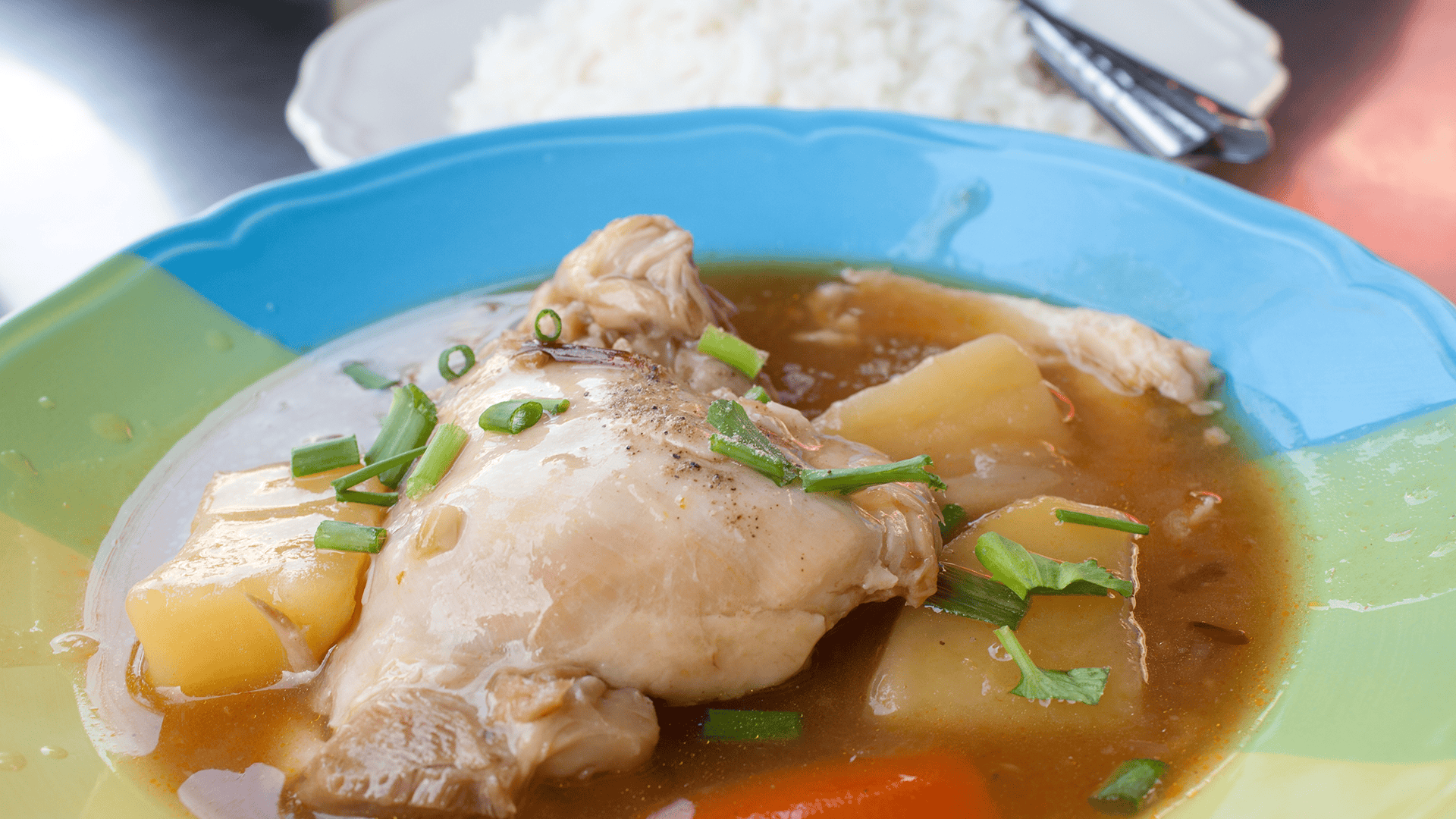
In the Middle Ages, food was a symbol of wealth, status, and culture. Recipes were recorded in manuscripts for the kitchens of kings and nobles. One such collection is The Forme of Cury (c. 1390), which the master cooks of King Richard II compiled in England. These dishes often blended sweet and savory flavors. Costly spice imports like ginger, cinnamon, and saffron showcased the host’s prosperity. Almond milk, a staple in many recipes, was prized as a substitute for dairy and as a luxurious ingredient in its own right.
Here’s a recipe for “Chykens in Bruet,” (original text) a gently poached chicken in almond milk with warming spices. This rich, fragrant dish is a perfect example of medieval dining.
Ingredients (modernized):
- 1 whole chicken (or chicken pieces)
- 2 cups almond milk (made from ground almonds + water, or use unsweetened almond milk)
- 1 small onion, chopped
- A pinch of saffron (for color and subtle flavor)
- ½ tsp ginger powder
- ½ tsp cinnamon
- A little sugar (optional, medieval cooks sometimes used it)
- Salt to taste
Instructions:
Place the chicken in a pot of water with the chopped onion and simmer until just cooked. Remove and set aside. In another pot, gently warm the almond milk. Add saffron, ginger, cinnamon, and a small amount of sugar. Stir well. Add the cooked chicken pieces to the almond milk broth and simmer gently until the flavors blend. Add salt to taste (in medieval times, spices were often used more frequently than salt). This would have been eaten with bread to soak up the broth.
Cracking Up!
I’ll leave you with this old English proverb: “You can’t make an omelet without breaking eggs!”— which has come to mean, you can’t achieve something without taking a few risks.
All in all, the world is a more delicious place with chickens (and rosters) in it.
Stay Up-To-Date
Subscribe To Our Newsletter
Meet Janette Speyer

Behind every bite, there’s a story. Join me on a journey through history to explore how centuries of culture have shaped the way we eat. Read More >
Recommended Reading
-
-
10,000 Years of blood, sweat, and spices that built today's plates.
-


